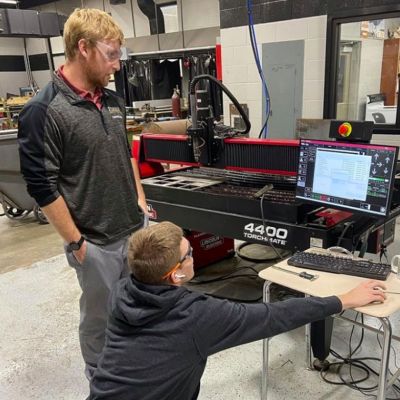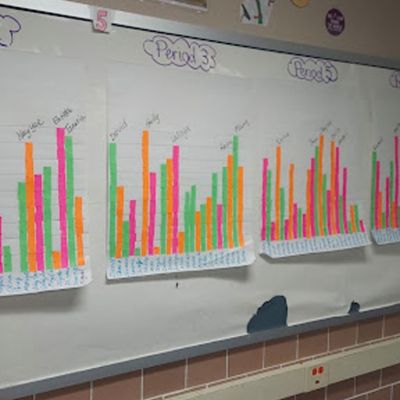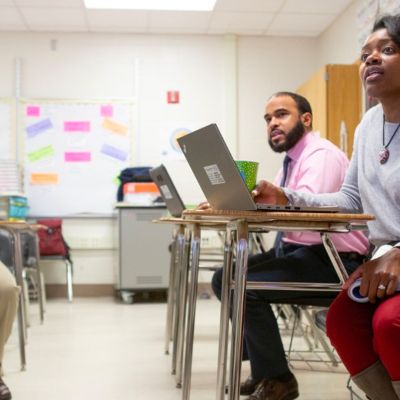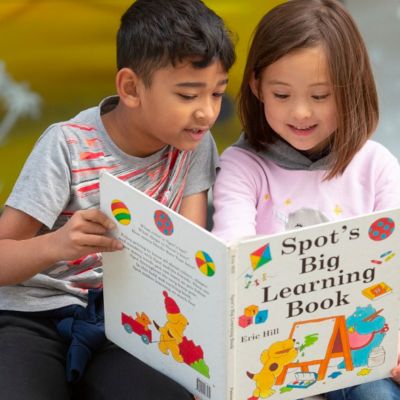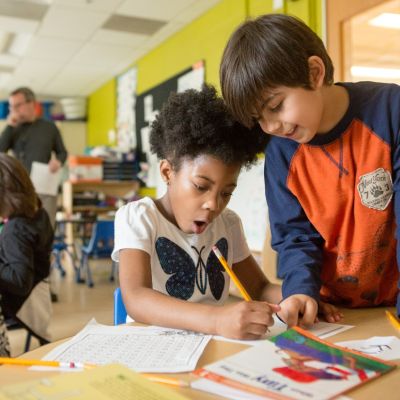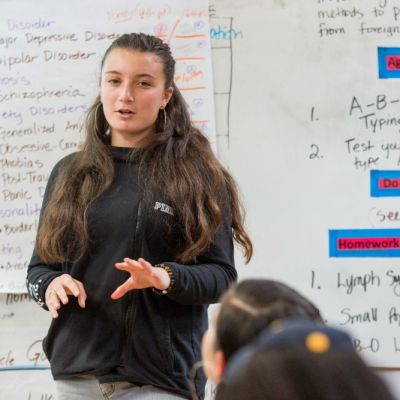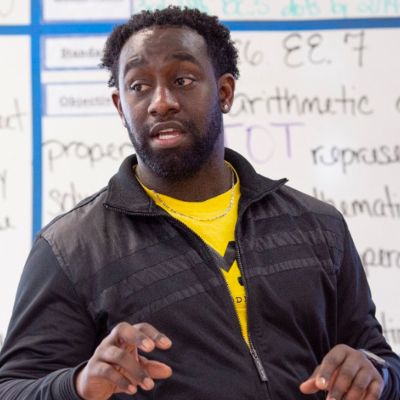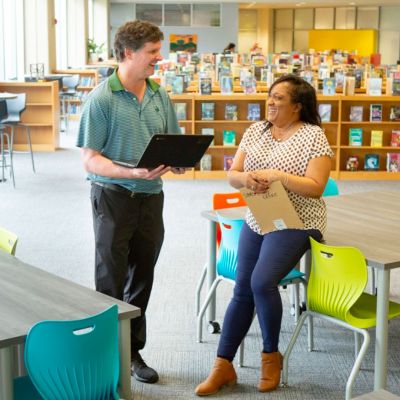Blog
Educators know the power in learning from others. What can we learn from student-run business leaders who are further down the path?
Need some new, quick to implement ideas to keep students engaged in the home stretch? The Digital Learning Coaches have drawn up the plays you’re looking for!
Armed with Peter Liljedahl’s 2021 text Building Thinking Classrooms and the pain and frustration of the social upheaval and pandemic deaths of recent years, I set out to push the boundaries of my abilities to teach math and help students realize more of their true potential. In a whirlwind of change, I departed from the status quo. How did I fare? Did transformation take place?
As the school year wraps up for many students, parents begin thinking about how children will spend their time. While summertime brings sports, sunshine and outdoor fun, it can also come with an abundance of screen time. So how can we, as parents, reflect on the activities our children engage in every week and how much media and technology they consume? This blog will share some great tips to finding an appropriate balance of quality media at home.
Often special population departments work in isolation when servicing students, meanwhile many of these individuals fall in multiple subgroups. This blog will discuss one school’s success and one district’s journey to bridge the gap between special populations and general education departments. When these groups work together, teams can dig beyond the reading level to target specific skill deficits for readers to quickly reach proficiency.
This post explores ways we can shift the balance to maximize our literacy instruction keeping the science of reading and balanced literacy in mind.
What happens when questioning & citing “evidence” become part of the math lesson? Amazing learning, according to Courtney Flessner.
Student-run businesses have far-reaching positive impacts on students, the school, and the community. Come think through this with Bo Gibson & Lion Manufacturing.
Teacher clarity has a high impact on student learning. But what is it exactly? Let’s break it down!
Student meltdowns at perceived failures, especially in STEM class have become quite common. Here are some tips and lessons to teach students to “fail successfully” and to deal with setbacks that are a crucial part of growth and learning.
We preach lifelong learning to our students, and we unconsciously learn new things every day. Nevertheless, it’s crucial to take intentional steps to boost your skills as an educator.
While NCTM’s Eight Effective Mathematics Teaching Practices can seem overwhelming and like just another thing to add to an already overwhelming list of work to do, slight adjustments to your mathematical tasks, questioning, or dialogue that might bring some or all of these effective mathematics teaching practices to life. Here you will find some ideas to shift secondary mathematics teaching.



